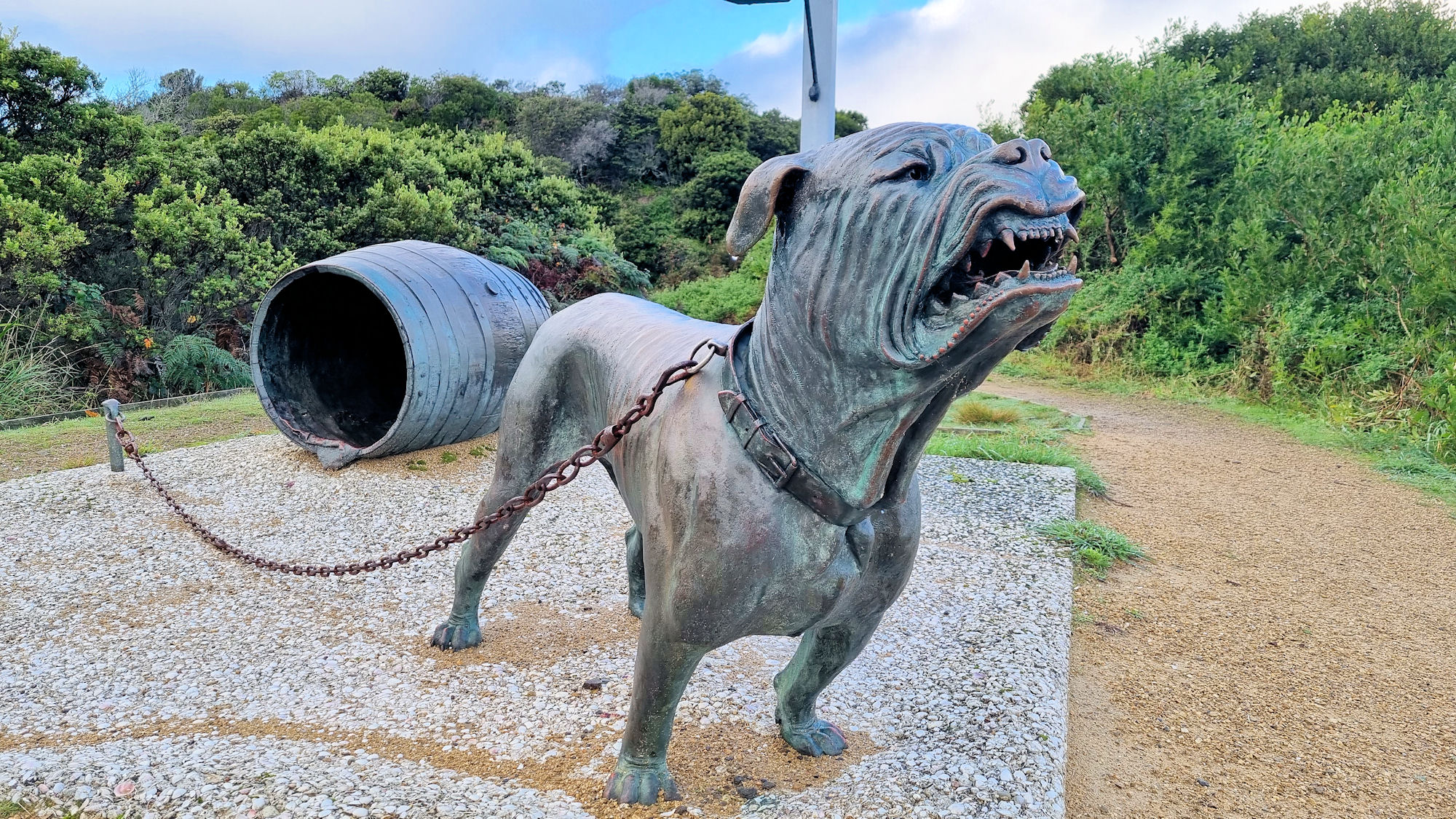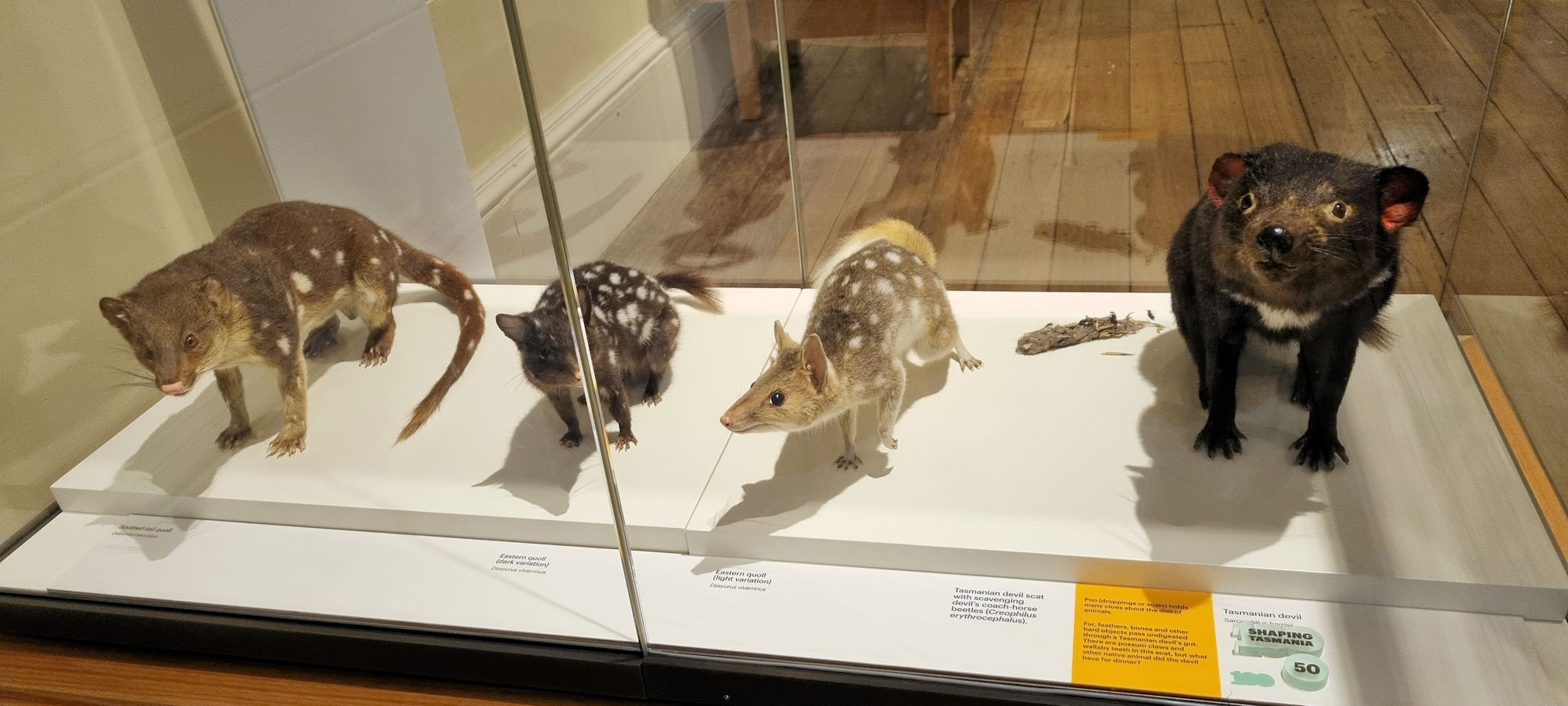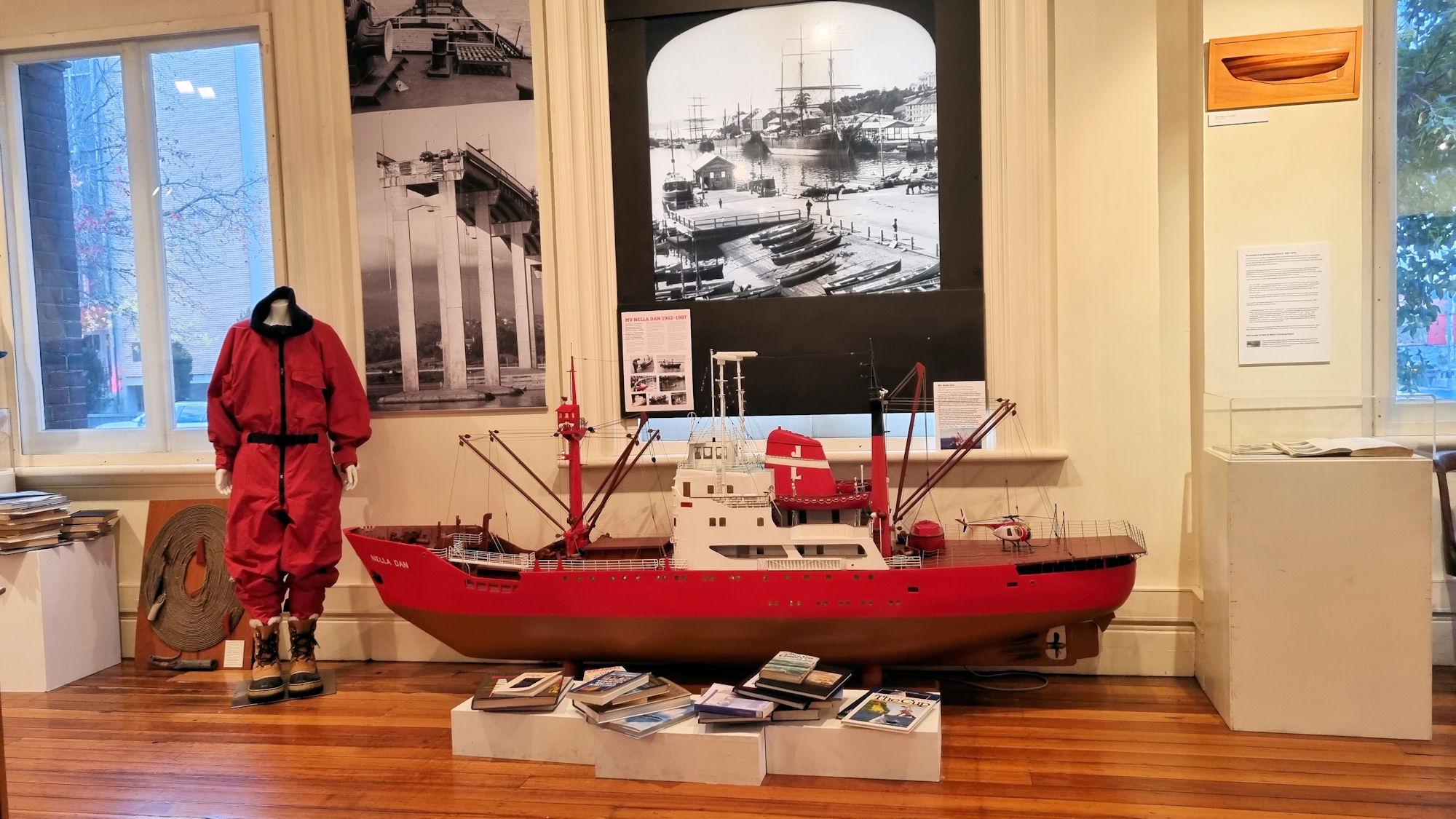Tag: Australia
-
The Dog Line Eaglehawk Neck Tasmania

The dog line was established to prevent prisoners escaping the Port Arthur penal site. The narrowest point on Eaglehawk Neck was chosen and dogs were spaced here held in place by chains. The only indication that the dogs were here is a life sizes bronze sculpture. The dog certainly looks vicious, baring its teeth while… Read more

